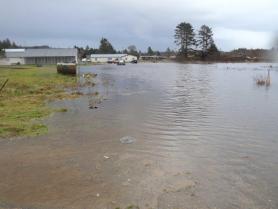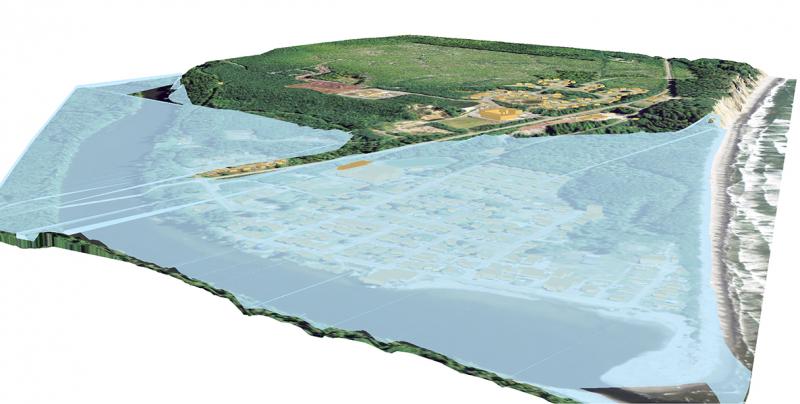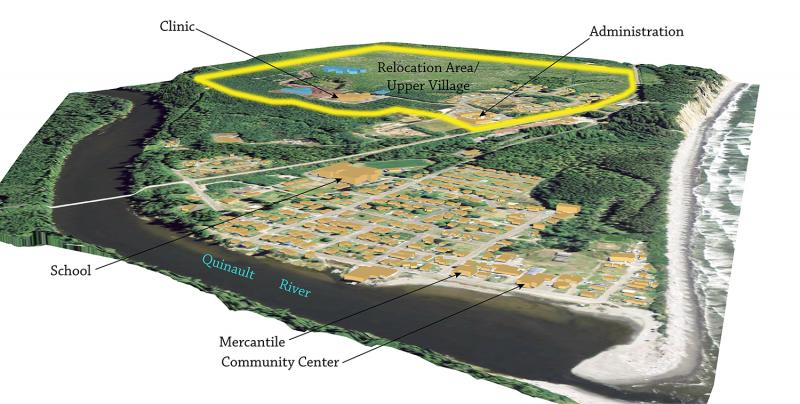Quinault Indian Nation
Present
Je'Sonja Lee
About the Quinault Indian Nation

The people of the Quinault Indian Nation walk the beach and paddle the waters of the pacific coastline. “The QIN is a sovereign nation with the inherent right to govern itself and deal with other tribes and nations on a government-to-government basis” (Sampson). Their village is placed at the mouth of the Quinault River where they reside on the outer coast of Washington’s Olympic Peninsula. “The Quinault Indian Nation (QIN) consists of the Quinault and Queets tribes and descendants of five other costal tribes: Quileute, Hoh, Chehalis, Chinook, and Cowiltz” (Quinault). Their land consists of forests and rivers and surrounding lakes. Twenty-three miles of their perimeter is the Pacific coastline. They often get a lot of rain, which is what helps them sustain their natural resources. They have numerous wild life and animals that roam their land. They gained their land in the Quinault River Treaty of 1856. The treaty was a contract containing thirteen articles between the United States and QIN that established their reservation and certain terms of agreement. Article 1 is important because it states that the tribes would be required to move to the designated land where they would be able to hunt and gather. Article 6 is also an important factor in the treaty because it explains that the President of the United States can make a decision to move the reservation somewhere else under his discretion. You can access this treaty at Government of Indian Affairs for the State of Washington.
Climate Change Impact: Rising Sea Levels
With those articles in mind, my focus is on the Quinault Indian Nation and their relation to global warming. It is impacting the lives of these Native Americans greatly and on a daily basis. I first became aware of this environmental justice issue when I heard a speaker talk about Native Americans in the United States at Michigan State University. I learned that the sea level is rising as a cause of global warming creating a stress on the climate. Living right on the coastline of the Pacific Ocean has always made tsunamis be a constant worry but now they have to fear the flooding of their homes as well. Increasing temperatures has caused the glaciers that previously covered the land to recede and become smaller over time. These glaciers provided refreshing cool temperatures to their rivers that kept an abundant amount of salmon in their streams. Their often-wet climate is what provided their natural resources that the tribe’s economy relies on. Physically and financially are not the only ways that the people are being affected. This is damaging to their culture as well. They are supposed to embrace their surroundings and not have to fear it while they are in the comforts of their own home. Since the salmon are scarce it allows for less fishing which is an important historical activity to the QIN.

Breach in the Wall
There have been various breaches in the wall and the only solution that has currently been provided by the United States is the U.S Army Corps of Engineers repairing the wall. During 2014, there was a breach in the sea wall that is suppose to protect the village of Taholah and caused flooding in the lower area of their community. After this disaster happened, the Quinault Indian Nation declared a sate of emergency and the wall was fixed once. Again in 2015, they “declared another state of emergency after intense rains caused flooding, landslides, culvert failures and washouts, closing roads and threatening village sewage treatment plants” (U.S Climate). These incidents brought awareness to how important it is to ensure that the proper safety precautions are being taken to protect a large community.

The Master Plan: A Dream of Relocation
The Quinault Tribal Council has developed a 60 million plan to move the entire Taholah village uphill and out of harms way of the rising ocean. This includes homes, school, police station, courthouse, etc. To view their “master plan” : http://quinaultindiannation.com/planning/masterplan.html


Who Is Accountable?
The question remains of whose responsibility it is to help fund this relocation of an entire community? There is controversy between the United States and the Quinault Indian Nation because the QIN believes that they should be given some assistance in moving their reservation. Again in Article 6 of their treaty, the President can allow this decision as he deems fit. A lot of the members feel as though the United States government is not being very helpful in this matter of climate change. Global warming is finally being accepted as a real danger to our world. I hope that it does not take as long for the proper individuals to step in and help make this solution possible.
Further Readings
Quinault Indian Nation Website
The Master Plan Details of the QIN Relocation
NPR Story Facing Rising Waters
Works Cited
Ahearn, Ashley. "Facing Rising Waters, A Native Tribe Takes Its Plea To Paris Climate Talks." NPR. December 1, 2015. Accessed February 26, 2016. http://www.npr.org/2015/12/01/455745765/facing-rising-waters-a-native-tribe-takes-its-plea-to-paris-climate-talks.
Cochran, Patricia Longley, and Alyson L. Geller. "The Melting Ice Cellar: What Native Traditional Knowledge Is Teaching Us About Global Warming and Environmental Change." American Journal of Public Health. September 2002. Accessed March 26, 2016. http://www.ncbi.nlm.nih.gov/pmc/articles/PMC3222289/.
"Governors Office of Indian Affairs." Governors Office of Indian Affairs. Accessed March 11, 2016. http://www.goia.wa.gov/treaties/Treaties/quinault.htm.
Sampson (QIN Member), Lisa. "Official Site of Quinault Indian Nation." Official Site of Quinault Indian Nation. Quinault Indian Nation. 2003. Accessed Feb 11, 2016. http://www.quinaultindiannation.com/index1.htm.
"U.S. Climate Resilience Toolkit." Quinault Indian Nation Plans for Village Relocation. December 17, 2015. Accessed April 1, 2016. https://toolkit.climate.gov/taking-action/quinault-indian-nation-plans-village-relocation.